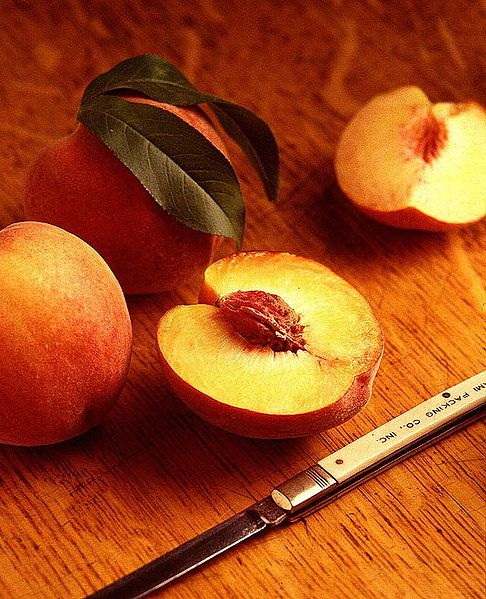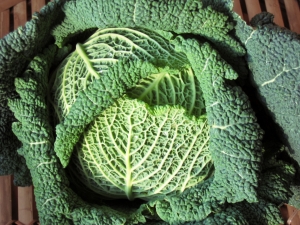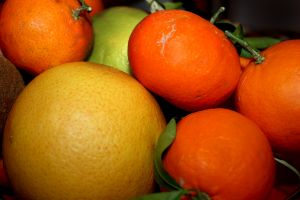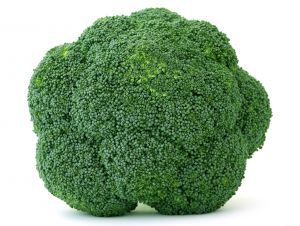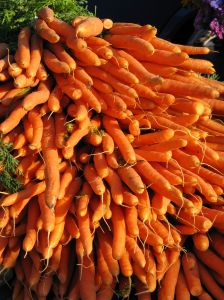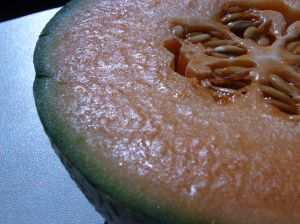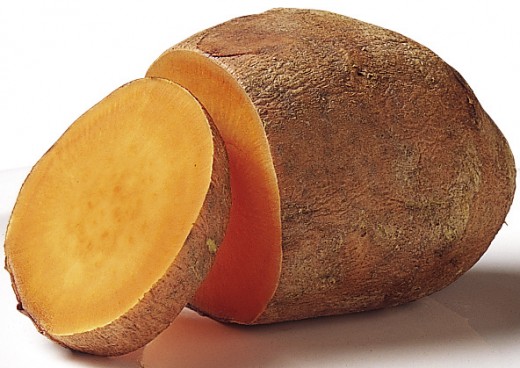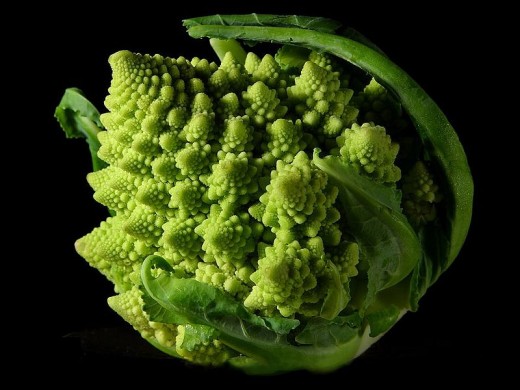The Wonderful World of (Dr.) Oz: How To Fight Free Radicals and Cancer With Foods of a Different Color

Fighting Cancer With the Color Orange
In the past, some of us have been fortunate enough to enjoy foods that fight cancer, whether we knew these qualities about them or not. These foods also supply nutrients that add to longevity by protecting the DNA in our bodies' cells via eliminating free radicals.Many of these foods are orange/deep yellow, or green.
Such foods mentioned above may already have been favorite foods or we may have learned about them in some sort of instructional process. They may have been elements in a family or ethnic traditional recipe, or a part of a Food Group, Food Pyramid, My Plate, or Disaster Survival Bunker Food List. Probably best of all, they may have been part of a Nutrition Class led by a certified nutritionist or dietician. It is efficient to begin fighting poor nutrition and free radicals early in life, but a later start is not a bad start.
Learning More
We may not have known about all of the cancer-fighting foods before the 2010s, but surfing through late night informational shows allows us to stumble upon a new group of recommended foods that are easy to find and prepare, are inexpensive, and even good-tasting. All late night televisions shows do not bombard the public with midnight advertisements for dating hotlines, hair transplantation, affordable insurance ambulance-chasers, or infomercials for State Fair gadgets left over from the summer. Some interesting and useful shows are repeated after midnight.
On regular broadcast TV, Dr. Oz seems to present increasingly useful information and demonstrations from a cross section of America - physicians, nutritionists, fitness gurus, even singers and hollywood types, with a healthy dose of contributions from his everyday studio audience. Some of the information on this show is important to living a long and healthy life, rather than a long and miserable one.









Colors and Nutrients
I had always wondered why, when I am very tired and have not been eating properly, I go to the supermarket and when I make it to the check stand and look at my gatherings, I see that everything in the basket is the color orange. It is not particularly my favorite color. So, perhaps it is true that the human body seeks out the vitamins and other nutrients offered in the carrots, sweet potatoes, canned pumpkin, squash, peaches, tangerines (especially) and all citrus fruits, cantaloupe, and other orange or deep-yellow vegetables and fruits. That orange box of macaroni and cheese does not count, I'm sure!
Interestingly, articles and workshops aimed at menopausal women instruct that flavanoids in one's daily nutrition can ward off symptoms of menopause - citrus fruits contain both Vitamin C and flavanoids in their peels that can help protect the body's DNA in everyone as they help the periomenopausal (transition into) and menopausal woman. Vitamin C is preventative and flavanoids help stop cancer's destructive properties to DNA. If cancer has already started in the body, Vitamin C can sometimes prevent part of the destruction. The nutritive elements in citrus fruits are protective against a number of cancers, but seem most effective against stomach, breast, and prostrate cancers, in the body of recorded research and treatment findings up until 2012 at least.
We don't usually want to eat raw citrus peels, so the trick to ingesting the most citrus flavanoids is to grate a small amount of citrus zest into other foods, such as over the top of salads or into cookies and breads.
The recipes in the link below include citrus fruits, along with beans and cruciferous vegetables that also help fight cancer (cabbage, broccoli, cauliflower, and hybrids).
My Related Recipes
- Vegan Recipes From North Africa
The culture of North and West Africa are conducive to a heavy use of vegetables and vegetarian or vegan recipes. North Africa includes the countries of Morocco, Tunisia, Algeria, Libya, Egypt, Mauritania, and Sudan, although Southern Spain (Moorish..
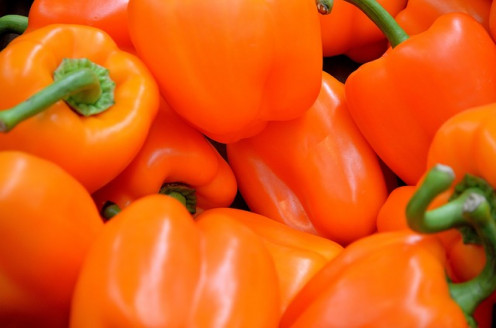

Other Benefits from Orange Fruits and Vegetables
- These and a number of yellow vegetables and fruits provide the substance beta-carotene (which converts to Vitamin A), Vitamin E, zeaxanthin, lycopene, and potassium. Besides fighting cancers, these substances aid against macular degeneration in the eyes, lower LDL cholesterol and blood pressure, promote collagen formation and encourage healthy joints and partner with magnesium and calcium to create healthier bones.
Recipes from Children and Youth
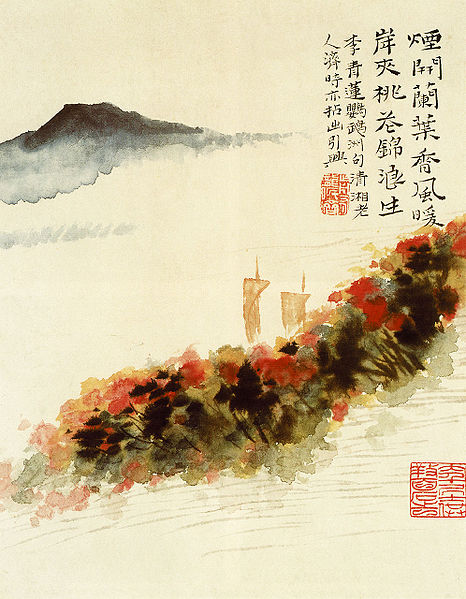
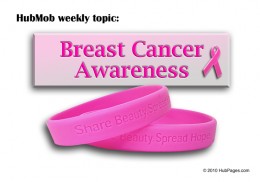
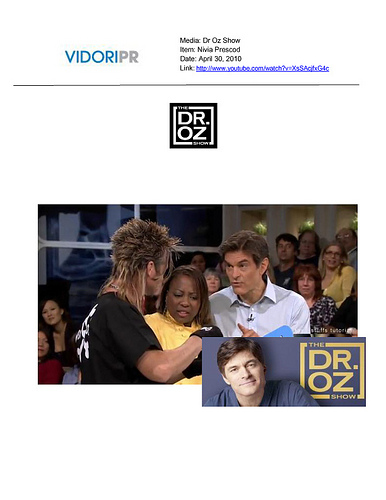
Supplements and Doses
Supplements are another set of substances that can help combat cancer as they eliminate free radicals from the body. Consult with your healthcare practitioner before beginning a regimine of supplements or vitamins, in order to ensure that they do not counteract or behave badly in the presence of presription medications or other supplements and/or herbals already taken. The wrong combination can be harmful, and in some cases, even deadly.
If you are OK'd for supplements in your own mind and/or with your healthcare person's blessing, then Dr. Oz's experts recommend the following daily intake for cancer prevention:
Multivitamin with 8 mg Zinc - daily
600 mg Calcium with 400 mg Magnesium - Twice daily
600 mg Omega-3 Oils - daily
No set of supplements and/or foods will protect everyone from all cancers, because of human Individual Differences. In other words - nothing works 100% for everyone -- My last disenchantment about this fact occurred in the early 1990s when a client was prescribed Zoloft for depression by her physician. I'd not heard of any ill effects among my contacts, in journals, or in the media to that point; but this client suffered severe side effects and news of others suffering the effects soon hit the various media. Now I am convinced that any ad that says Everybody or Nobody is not correct and in my opinion, any medical report that so states should be examined cautiously. The best we can probably say is that "Most people ______." I think that this is one reason that Healthcare as a discipline is called a "practice" - we'll never get it all right.
More on Individual Differences - Examples: a patient that is allergic to all Narcotics or one on whom Penicillin and Aspirin simply have no effect; a client that needs potassium and is allergic to a major food source (bananas); a patient whose childhood immunizations did not work; and many others. This category of differences requires a patient and his or her healthcare provider communicate with each other regularly and really listen - and to provide all information needed. It also is one factor that can prevent adequate diagnosis without a complete in-person examination, whether the Dx will be physical or psychological or a combination of the two, including diet and supplements.

